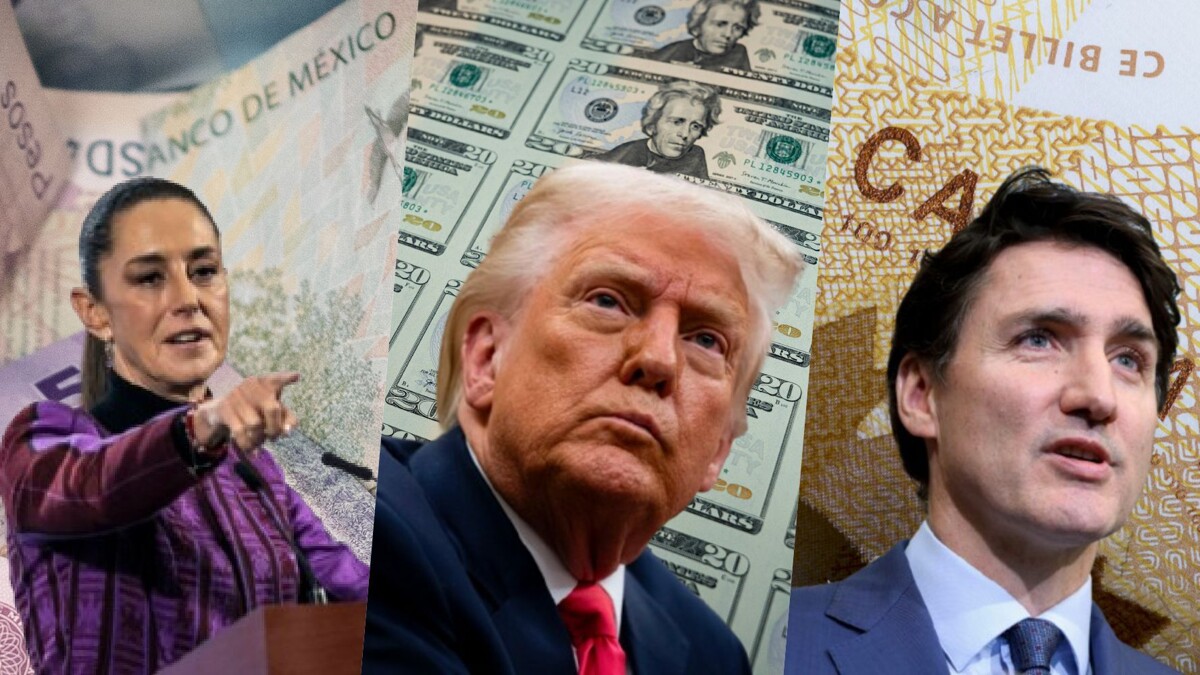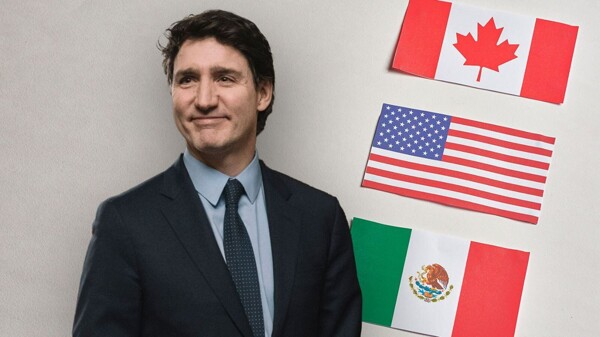
The Canadian dollar experienced greater depreciation in the early hours of Thursday compared to the Mexican peso, following Trump's announcement of a pause on tariffs exclusively for Mexico. However, it was later confirmed that the suspension of tariffs also applies to Canada, leading to an appreciation of the Canadian currency by the end of the day. This rapid reversal, according to economist Dan Pan of Standard Chartered Bank, alleviated concerns about growth and inflation associated with prolonged tariff disruptions.
For his part, Scotiabank's chief currency strategist, Shaun Osborne, mentioned that the temporary suspension of tariffs should strengthen the Canadian dollar in the short term. Investors will be watching the U.S. employment report on Friday and political events in Canada to determine movements of the Canadian currency.
Regarding Trump's tariffs for Mexico and Canada, they have been postponed until April, which will delay the increase in import prices from these countries to the United States. Both the Mexican peso and the Canadian dollar celebrated this decision. Trump announced the pause through a post after a call with Mexico's President, Claudia Sheinbaum, who highlighted progress in containing migration and fentanyl trafficking, as well as the importance of continued collaboration between the two countries.
The appreciation of the Mexican peso at the close of Thursday’s session was influenced not only by the pause on tariffs for Mexico but also by the decision regarding Canada. The exchange rate moved from 20.74 units per dollar on Tuesday to 20.26 pesos per dollar on Thursday, representing an appreciation of 48 cents in two days. As for the Canadian dollar, it closed with a 0.3% increase against the U.S. dollar at the end of the day. Despite these movements, volatility is expected to persist this month due to negotiations on the imposition of tariffs for April.













